The nap in the woods
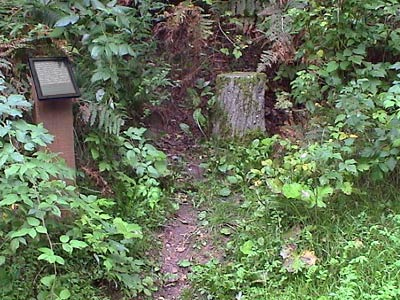
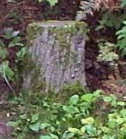
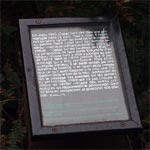 In March 1919, while out walking in Fontainebleau Forest, Oskar Serti recognized the tree that had served as a model for the painter Pierre Lipart for his famous painting entitled: “The siesta”. The idea of actually being part of a picture inspired Serti to lie down at the foot of the tree in the same posture as the character in the painting.
In March 1919, while out walking in Fontainebleau Forest, Oskar Serti recognized the tree that had served as a model for the painter Pierre Lipart for his famous painting entitled: “The siesta”. The idea of actually being part of a picture inspired Serti to lie down at the foot of the tree in the same posture as the character in the painting.
But after a few minutes, he felt an invading column of ants over him. It was then that he understood that what he had always taken for a crack at the bottom of the canvas was in fact insects crawling over the character's legs. Rather than take any chances checking the cause of the other crack marks on the character, Serti jumped up in a hurry and went on his way.
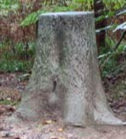
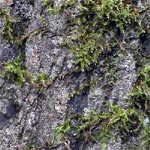 In March 1920, while out walking in Brocéliande Forest, Oskar Serti discovered the well-known "Nail tree" on which – according to a deep-rooted superstition – the local people came to exorcise their pains by knocking in a nail that they had previously placed on the spot that hurt.
In March 1920, while out walking in Brocéliande Forest, Oskar Serti discovered the well-known "Nail tree" on which – according to a deep-rooted superstition – the local people came to exorcise their pains by knocking in a nail that they had previously placed on the spot that hurt.
In a display of solidarity, he wanted to share the burden of this popular suffering and so lay down for a nap at the foot of the tree.
When Oskar woke up, his hair had got so entangled in the nails that he had to pull it all out in order to free himself. But to his amazement he felt no pain whatever, as if his having previously placed his scalp in contact with the nails had dispelled any pain.
Serti walked away feeling somewhat guilty at having involuntarily turned to his own advantage the power of nails hammered in by others, and over the next few days, he could not help going around apologizing to local people who suddenly seemed to have an old pain again.
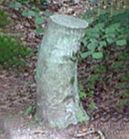
A little further on Oskar Serti recognized the venerable tree before him as having been the bush at the foot of which he had meditated on the evening of his eleventh birthday. He remembered perfectly the crucifix hanging from it and in front of which he had knelt and sworn an oath that one day he would become a writer.
Although disappointed at not finding the crucifix, Serti lay down at the foot of the tree, entertaining pleasant thoughts about the novel he had just published at long last, and which, while not reaping the success he had hoped for, at least existed.
Serti was contentedly taking in a great breath of fresh air when he felt a recalcitrant twig scratching the top of his head, forcing him to tuck his head in between his shoulders. But, as in this moment of intense satisfaction he could not bear having anything pull him down, he passed his hand behind his back and snapped off the offending branch. To his amazement, he then discovered that he was holding in his fingers the right arm of the Christ figure - the crucifix must have become embedded in the tree as it grew to adulthood, leaving nothing but this outstretched hand sticking out from it.
Serti took away the arm with him, fastened a pen nib to where it had broken off and decided to use it to write his next novel. A novel that would at last make the range of his talent blatantly obvious to all those people who were telling him however to practise a little more humility.